Amortization
Biweekly Payments
Interest Only Payments
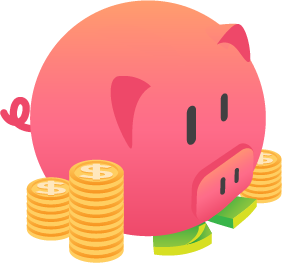 Compare Loans Calculator
Compare Loans CalculatorUse this calculator to quickly compare the total financing costs for up to 4 loans at once. Enter the loan amount, interest rate, loan term & any upfront fees. When any variable is changed the associated loan scenario will calculate the monthly payment amount, total interest charge over the loan term & the total cost of financing.
The calculator defaults to using monthly payments, but you can adjust the payments per year to 52 or 26 if you wanted to calculate weekly or biweekly payment amounts. This calculator calculates interest as each payment is made.
Guide published by Jose Abuyuan on February 10, 2020
Loans are a vital part of a country's economy. It stimulates business activities that generate economic growth. And on the personal level, consumer financing allows individuals to afford major life expenses such as education, housing, and even costly medical care. Borrowing money is a sign of confidence that you can pay it back.
Common financing instruments include mortgages, car loans, and credit cards. Depending on your needs or stage in life, some loans may offer you more favorable features than others. Borrowing is so crucial that the U.S. government provides state and federal guidelines to safeguard consumers against unfair lending practices.
In this feature, we'll give you the lowdown on common financing sources along with their benefits and drawbacks. Then, we'll discuss the risks of short duration payday loans and why you should avoid them.
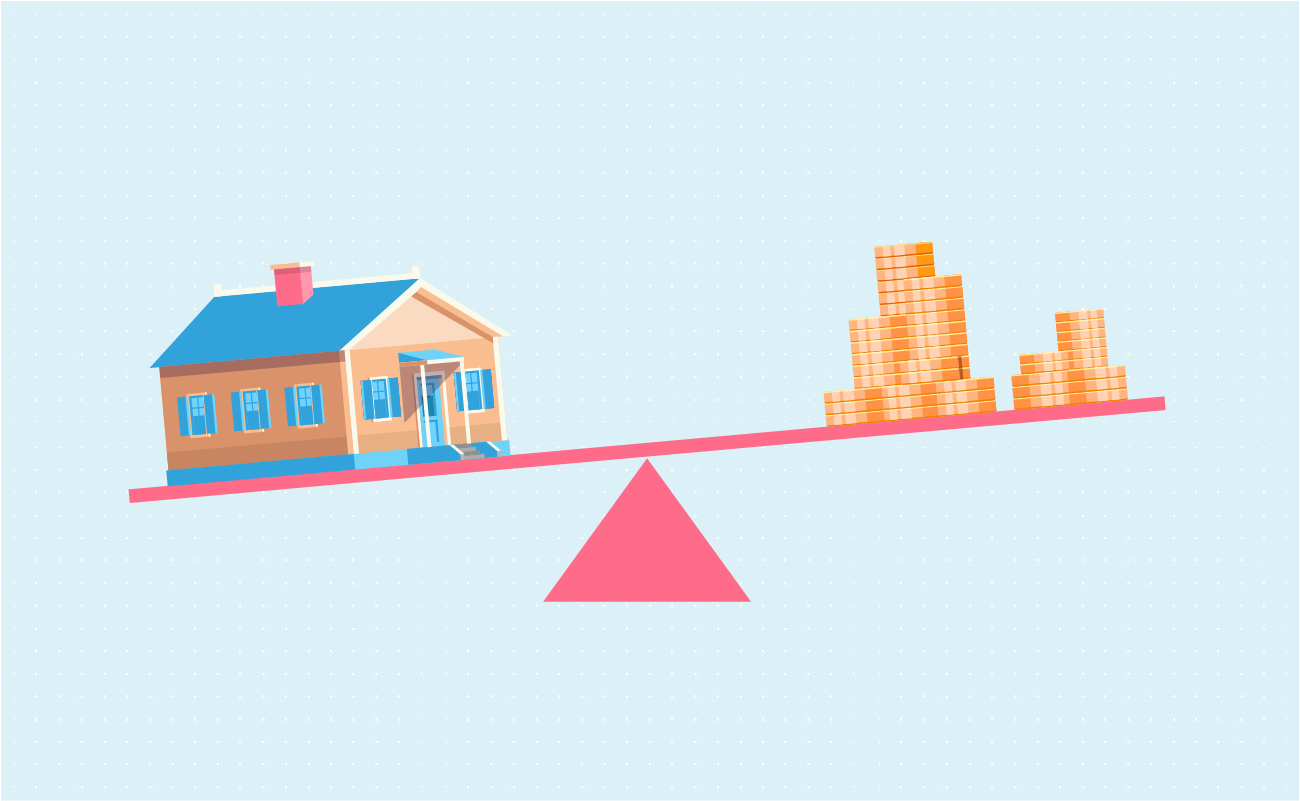
Consumer finance options vary from lender to lender. In comparing any type of loan, you should know important key factors. This is a fundamental step before deciding on any offer. These include:
The principal or loan amount is the credit you borrow from your lender. As you make monthly payments, this helps reduce the principal balance. Borrowing a large sum beyond your means will heavily strain your finances. Meanwhile, a more reasonable amount helps decrease your overall payment and interest cost.

Gathering more down payment funds decreases your overall debt. A lower amount will help ensure you can afford timely payments on your loan, avoiding the risk of default.
The interest rate is the percentage charged to finance your loan. This is based on an annual percentage rate (APR), which includes the interest and loan fees. Higher interest rates mean lenders charge more to carry your loan. Basically, the longer it takes to pay your debt, the more it generates cost.
The loan term is the duration of years or months you need to pay your lender. The length of your term also determines how many payments must be made to clear your debt. Extended loan terms incur higher overall interest cost. This means it would be wiser to choose a shorter term with monthly payments within your budget.
The monthly payment is dependent on the loan amount, interest rate, and loan term. That's why it's important to choose the most favorable interest rates and terms. Higher interest rates at shorter terms will make your monthly payment higher. On top of this, at the beginning of your loan, more of your payment goes toward interest rather than your principal balance. However, a shorter term is still more beneficial because it reduces the overall interest cost.
Upfront fees are distinguished charges from your monthly payment. It is the compensation you give to a lender to arrange the loan. An example of this is an origination fee for a mortgage, which is typically around 0.5 to 1 percent of the loan amount.
While qualifications vary from lender to lender, your credit score is the greatest factor that determines your eligibility for any type of loan. This mainly depends on creditworthiness, which is based on your income and credit history. Expect lenders to check if you have late or missed payments that can negatively impact your credit score.
Generally, most lenders favor borrowers with high FICO scores:
Low credit scores pose a greater risk to lenders:
Some creditors may approve lower scores, such as 630 and below. However, it is in your best interest to make sure you have good credit standing. Before heading out to apply for a loan, make sure to improve your credit score to obtain more favorable rates.
Raising your credit score takes a while to reflect (give or take, at least a year). You can do this by making higher fixed payments and paying your debts on time. You can also improve your credit standing by significantly reducing your debt with a lumpsum payment. Check your credit report by ordering a free copy from AnnualCreditReport.com.
There are many credit sources to choose from. Whether you need to buy a car, property, or need cash for your next dream vacation, loans can help you afford necessities and wants. Learn more about them now so you can prepare for the future.
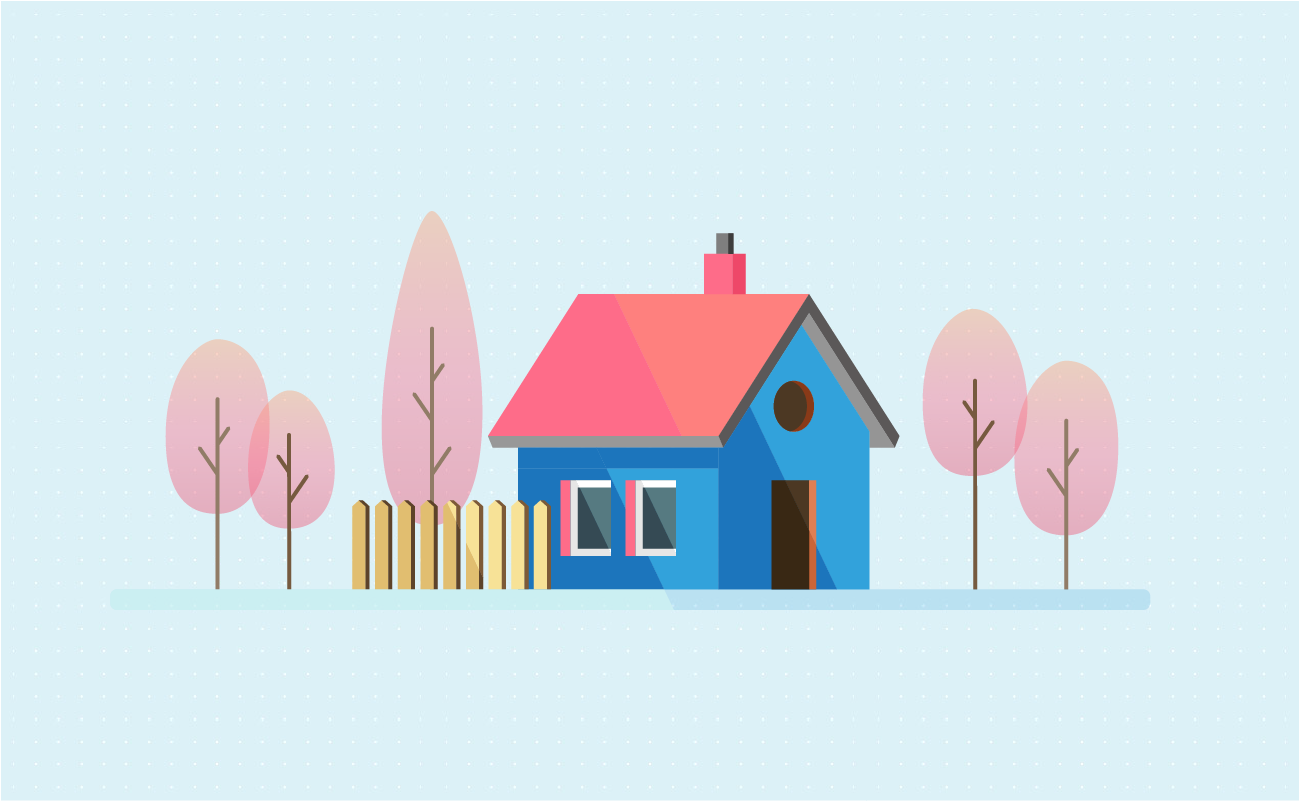
Mortgages are loans specifically for purchasing homes. Since buying property entails a large sum of money, there are a variety of mortgages which work for different needs. These are grouped into conventional loans and government-backed housing loans. Housing loans often come in 15 to 30-year terms with fixed-rate or adjustable rate mortgage (ARM) options.
These housing loans require good credit scores. Thus, they are ideal for stable, high-income earners. On average, conventional mortgages take around 44 days to close, according to Ellie Mae's January 2019 Origination Insight Report. The average closing cost is about $3,700. Your credit score must be around 620 and above to qualify. Conventional mortgages have loan limits which depend on local real estate prices and the number of units in the property. The 2021 conventional loan limits are shown in the following table.
| Location | Baseline | HERA High-cost Area |
|---|---|---|
| 1 Unit | $548,250 | $822,375 |
| 2 Units | $702,000 | $1,053,000 |
| 3 Units | $848,500 | $1,272,750 |
| 4 Units | $1,054,500 | $1,581,750 |
Loans above these amounts are considered jumbo mortgages.
You can give a down payment as low as 3 percent of the loan amount. The average down payment is typically around 10 percent.
Borrowers with lowers credit scores are often offered higher rates. Moreover, Private mortgage insurance (PMI) is required if your down payment is lower than 20 percent of the loan amount. PMI can only be removed once you have 20 percent equity of your home. You can contact your creditor to cancel PMI once you have 80 percent loan-to-value ratio (LTV). The creditor is required to remove PMI once LTV falls to 78 percent.
Meanwhile, government-insured mortgages protect lenders in the event borrowers miss payments or default in the future.
You can choose the following government-backed housing programs:
FHA loans are the second most popular type of mortgage in America. Ideal for low-income individuals, FHA is mainly suited for people with low credit scores who need help managing their finances. You can qualify with a credit score as low as 580.
FHA offers low down payments with affordable closing costs. It's also easier to qualify for this type of loan. Borrowers can make a low down payment that's 3.5 percent of the loan amount. For those with credit scores under 580, a down payment of at least 10 percent is required.
However, towards the latter part of the loan, your payments get more costly. FHA requires an annual mortgage insurance premium (MIP) between 0.45 percent to 1.05 percent of your loan amount. But unlike PMI in a conventional loan, MIP cannot be cancelled and is required for the entire duration of your payments.

To remove MIP, you can take advantage of refinancing. It's beneficial to refinance a 30-year fixed-rate FHA loan into a 15-year fixed rate conventional loan.
USDA loans are well suited for borrowers with average income. It requires buyers to choose property in rural areas with eligible USDA land. Around 97 percent of land area in the U.S. is qualified for USDA housing, so there's plenty of places to choose from. You can qualify for this loan with a minimum credit score of 640.
It's a zero-down mortgage option with no prepayment penalty. USDA offers interest rates that are lower than conventional mortgages. It also provides 100 percent financing with reduced mortgage insurance premiums of only 0.35 percent.
Not all houses are eligible and there are imposed income limits that vary per state. This means your income may be too high to qualify for a USDA mortgage. Borrowers must also pay a USDA guarantee fee. While this is usually more affordable than conventional mortgages, it can cost several thousand dollars depending on your loan amount.
Moreover, USDA loan only applies to a primary residence and can only be taken from USDA approved lenders.
VA mortgage programs are benefits given to military veterans, active duty military, and active staff of the National Guard and Reserves. These are low-interest flexible loans that can be obtained with a minimum credit score of 620.
VA loans are some of the few loans that do not require a down payment or a private mortgage insurance (PMI). Eligible members are given the option to take two VA loans at the same time or obtain another one despite a default.
Veterans have the advantage of refinancing their mortgage to obtain lower interest rates. They can also do this to shift an adjustable rate mortgage (ARM) to a fixed-rate loan through the interest rate reduction refinancing loan (IRRRL) program.
While down payments are not needed, VA funding fees are charged. This is a percentage of the loan to offload its costs to taxpayers. The funding fee can be paid upfront, as a closing cost, or included in your VA loan amount. VA funding fees cost a little over 2 percent for first time loan takers, and up to 3.3 percent for borrowers who have taken VA loans in the past.

Take note that there are exceptions to the funding fee. For instance, if you are a military member with a service-related disability, the fee is waived.

Car loans allow you to own new or used vehicles within a shorter term, which is traditionally around five years. Your decision to buy a car largely depends on your budget, how much financing you can obtain, and how long you plan to use the car.
To make the most out of your purchase, make sure to negotiate favorable rates, shorter terms, and monthly payments you can afford. According to Experian's 2019 data, you can obtain an auto loan with 7.9 percent interest rate and below if your credit score is 601 and above.
New cars guarantee your unit is free from any damage. It's covered by warranty and has higher fuel efficiency. Used cars, on the other hand, are considerably more affordable than brand new units. It depreciates slower, and there are low-mileage units in the market that are in good condition. Pre-certified cars also usually have strong warranties.
Depending on your objective, quality cars coupled with good maintenance can last you at least eight years. If you do not intend to use the car that long (at least 5 years after you've paid it off), you can still earn a bit if you sell the car while it's still in good shape. It will also help if the car has low mileage.
New cars depreciate at a rapid rate. It loses up to 20 percent of its original value in the first year of use. Be prepared to carry higher debt when you buy a new vehicle. Used cars, on the other hand, might need more frequent maintenance and repairs. Your anticipated savings might not actualize if your maintenance bills rack up. Undisclosed mechanical issues also make them less reliable.
Moreover, car dealers now earn more from arranging financing and selling extended warranties than the actual sale of a car. So be sure to get only what you need to avoid overspending.

Avoid upselling marketing schemes. Apply for financing before going to a dealer. This reduces your chances of buying unnecessary car features and prevents the dealer with sticking you with a bad loan rate.
Many sellers especially in Buy Here Pay Here dealerships offer extended terms as long as six or seven years. At first, the low monthly payments may seem affordable. However, this ends up costing you more in interest, which means you are paying too much for a car with significantly less value.
Avoid trading in units that are not yet fully paid. By rolling in your existing debt to purchase another car, you can get stuck in a neverending cycle of auto debt. Negative equity happens when your overall debt exceeds your car's actual value. Make sure to pay your car debt in full before deciding to buy a new vehicle.
Need a more comprehensive guide to buying a car? Visit our auto loan calculator and read our buyer's guide.

College is a worthwhile investment every household should prioritize. But with the rising cost of education, student loans help students earn the degree they need to secure lucrative professions.
The government offers a variety of student loan repayment programs designed to aid individuals in affording their debt. These programs include:
Loan servicers automatically assign borrowers under the Standard Repayment Plan if they do not specify a repayment program. You can qualify for both Standard Repayment and Graduated Repayment if you have any of the following loans from the Federal Family Education Loan (FFEL) Program and the Direct Loan Program:
*Note that no new loans can be made in the FFEL Program after July 1, 2010.
Federal student loans help you build a credible credit history. More importantly, attaining quality college education helps you secure a more stable career.
Most student debt takes at least 10 years to pay. This makes it difficult to afford major life purchases like homes and cars. CNBC reports that the typical repayment time for borrowers with federal student debt of $20,000 to $40,000 take at least 20 years to pay off their loan. This is based on data from the Department of Education.
Need help estimating the cost of college tuition? Use our education savings calculator.
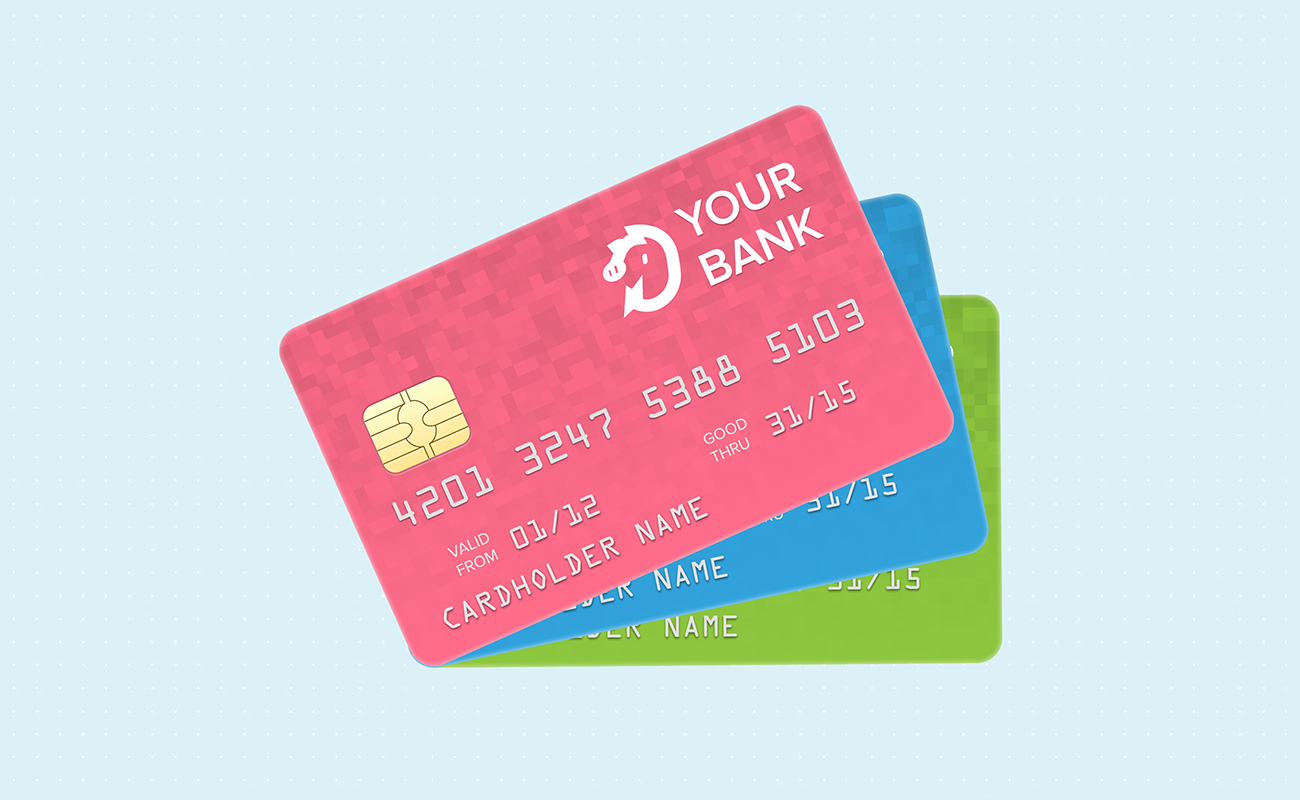
Getting a credit card is one of the most flexible ways to pay for all sorts of products and services. CreditCards.com states that the average APR for credit cards is 17.30 as of February 5, 2020. The average credit score to qualify for a bankcard is 704. However, you can still get one even with a lower score.
And just like traditional loans, creditors have standards to determine who should be approved for a credit card. These qualifications include the following:
Using your credit card is a great way for credit bureaus to keep track of your credit history. When you use it responsibly, it can help you earn a higher credit score. Bankcards also offer points and rewards systems which, when used wisely, allows you to save on certain purchases.
Moreover, it does not impose fixed payments, but allows minimum percentage payments every month. Banks let consumers pay 1 to 3 percent of their balance every month, which is around $25 to $30.
Because credit cards are unsecured, they usually impose higher interest rates than traditional loans. Keeping your debts unpaid longer incurs higher interest costs. Moreover, having access to ‘intangible' funds makes it easy to swipe away and buy almost anything—from grocery shopping and dining out, all the way to impulsive online shopping. This is how many consumers get into the debt trap.
Furthermore, if you miss payments or fail to make a payment within 60 days, your creditor might increase your interest rate. Finally, without fixed payments and an no imposed payment time, you might fall behind on paying your credit card debt.
But minimum payments are okay, right? Unfortunately, it's not okay. Making minimum payments drives you further into debt.

Need to pay down your credit card debt? Make monthly fixed payments with a higher amount. This significantly reduces your principal balance. You can also call your credit provider to ask how you can pay directly to your principal.
For in-depth advice on how to avoid toxic credit card debt, visit our principal vs interest calculator to see how long it will take to pay off your credit card debt.
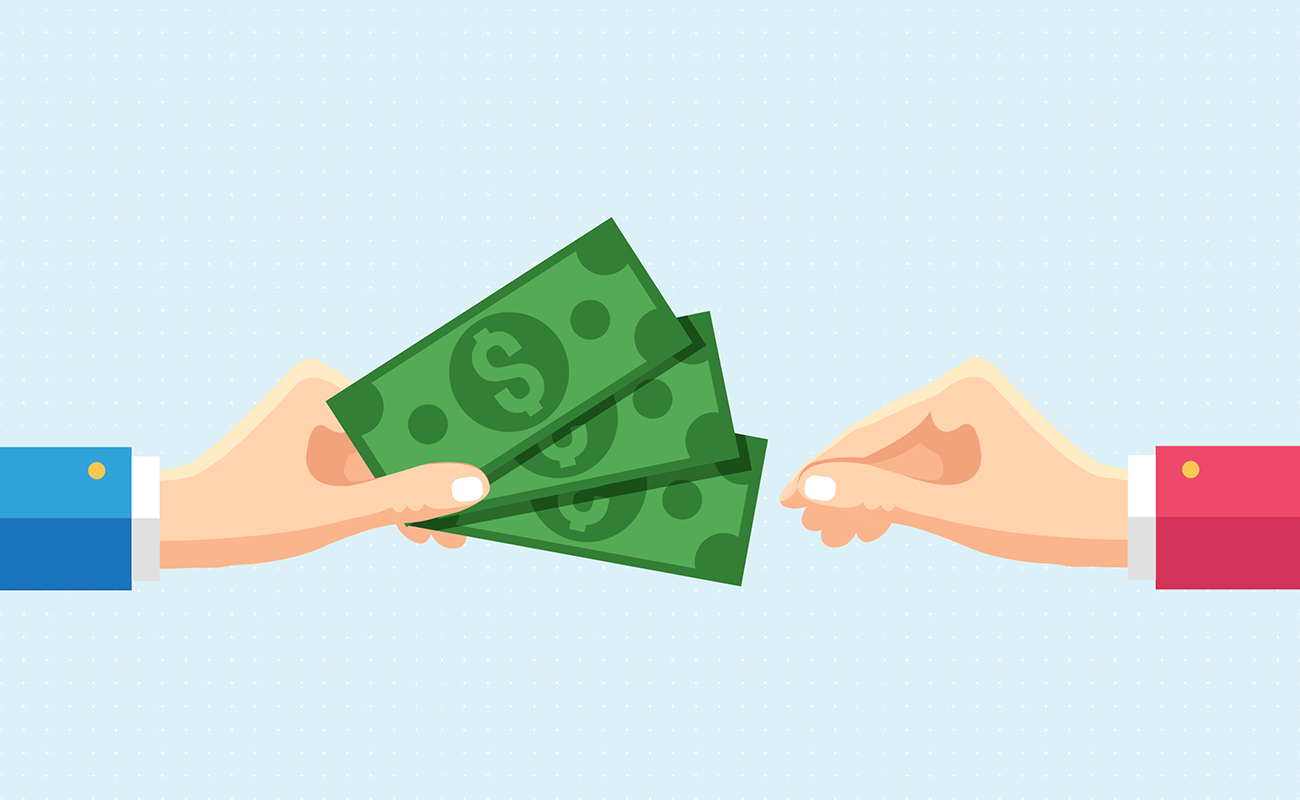
Personal loans are secured or unsecured loans provided by banks and credit unions. Their loan terms usually range from two to seven years. It takes around seven to 30 business days to get a personal loan approved.
Secured personal loans are backed by collateral, such as your property or car. Unsecured loans, on the other hand, do not require collateral.
Personal loans are flexible and can be used for a wide variety of expenses. Borrowers use them to finance their home renovation projects, pay for medical bills and student loans, or even consolidate their debts. If you have a good credit score, personal loans usually have lower interest rates than credit cards.
Depending on your credit history, personal loan interest rates can range from as low as 5.49 percent to 36 percent.
Many lenders usually require a high down payment, at least 20 percent of the loan amount. For secured personal loans, if you struggle with monthly payments, your home or car may get foreclosed or repossessed. Before you take this type of loan, make sure to have a stable stream of income enough to cover all your payments.
Moreover, beware of making late payments or missing payments. If you fall behind, your personal loan might be charged off or turned over to a debt collection agency. Ultimately, both outcomes will reflect very poorly on your credit score.
Some lenders may impose an origination fee. Experian notes that personal loan origination fees typically range from 1 percent to 8 percent of the loan amount. For instance, if the loan amount is $6,000, the fee can cost between $60 to $480. Moreover, these fees are not paid upfront. They are either deducted from your funds or added to your loan's principal amount (which can raise the total cost of your loan).
Many lenders do not charge origination fees. It pays to shop around to know which deals get rid of this extra cost for you.
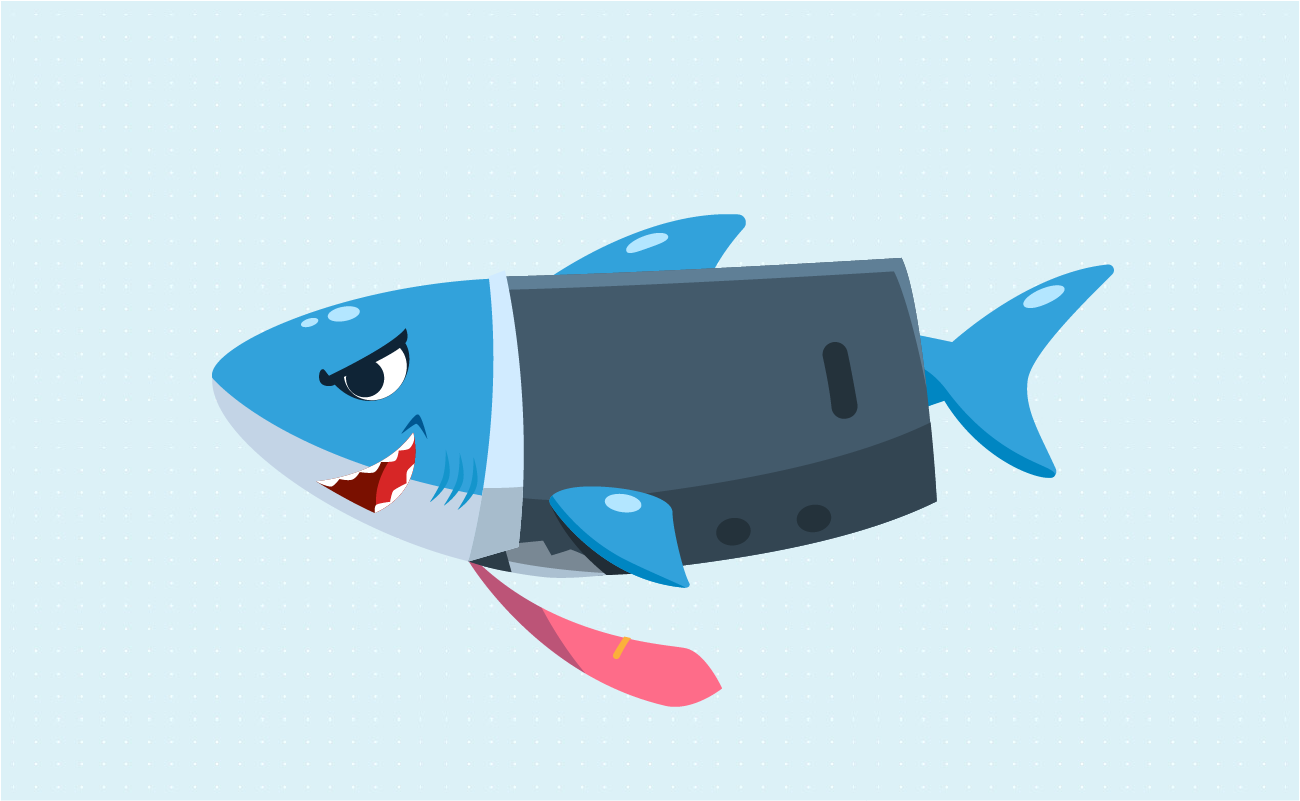
The National Foundation for Credit Counseling (NFCC) states that payday loans, otherwise known as short-term loans, are part of a $9 billion industry that offers costly punitive loans without a credit check.
Lenders review your credit history before approving your loan. This is necessary to determine how much they should charge you. But without that system in place, payday loans may charge borrowers any amount, even if they cannot actually afford it. While the prospect of an easy loan appeals to low-income individuals, it leaves them vulnerable to this predatory scheme.
At first, payday loans may seem convenient without the painstaking approval process. They allow you to borrow just enough money from $200 to $1,000. It works as a cash advance loan against your next salary, which is an average loan term of two weeks. You are expected to pay back the amount once your paycheck arrives.
Loan interest is based on credit rating. People with good credit scores get favorable rates, while those with lower scores get higher rates. But with a payday loans, lenders impose the same rate to everyone. This is usually around $15 to $30 for every $100 you borrow. For instance, if you loan $1,000, and every $100 is $15, you pay $150 in interest. While such arrangement might not look bad, imagine how it works if it were in an annual basis. The APR would be an exorbitant 391 percent!
If you are unable to repay the loan on time, the lender might impose a late fee or return check fee. That can be around 5 percent of the payment amount. For instance, if your loan amount is $350, your penalty fee is around $17.50. Again, this does not look so bad until you are forced to roll over your loan, resulting in greater debt.
Suppose you borrowed $350. If your financed charge is $15 per $100 you borrow, your finance charge will be $52.50. This makes the total amount $402.50.
Now, if you roll over your loan, your new origination fee will be $402.50. When you calculate the new finance charge, it will be around $60. Add your new origination fee and new finance charge, and your loan becomes $462.50. This is how your debt increases by almost 25 percent within one month.
If you continue to roll over your payday loan, you will incur much higher debt than you originally borrowed. With no fixed payments and a much higher monthly payment, it's only a matter of time before your debt spirals out of control.
If you are pressed for cash, avoid payday loans. There are much safer ways to obtain money without falling victim to predatory lending schemes.
One, you can talk to your employer for a paycheck advance with no added fees. Your human resources department may likely have better options that you can afford to pay back.
Another way is to get a credit union loan. Federal credit unions can provide members with loans between $200 to $1,000 with 6-month terms. They offer more reasonable interest rates at around 28 percent with a modest processing fee.
When in need, it helps to contact family. Don't be afraid to ask for help. Borrowing money from loved ones in times of emergency is one way to eliminate high interest costs. As long as you promise to pay back your loved ones (and actually do so), it will help them trust you more.
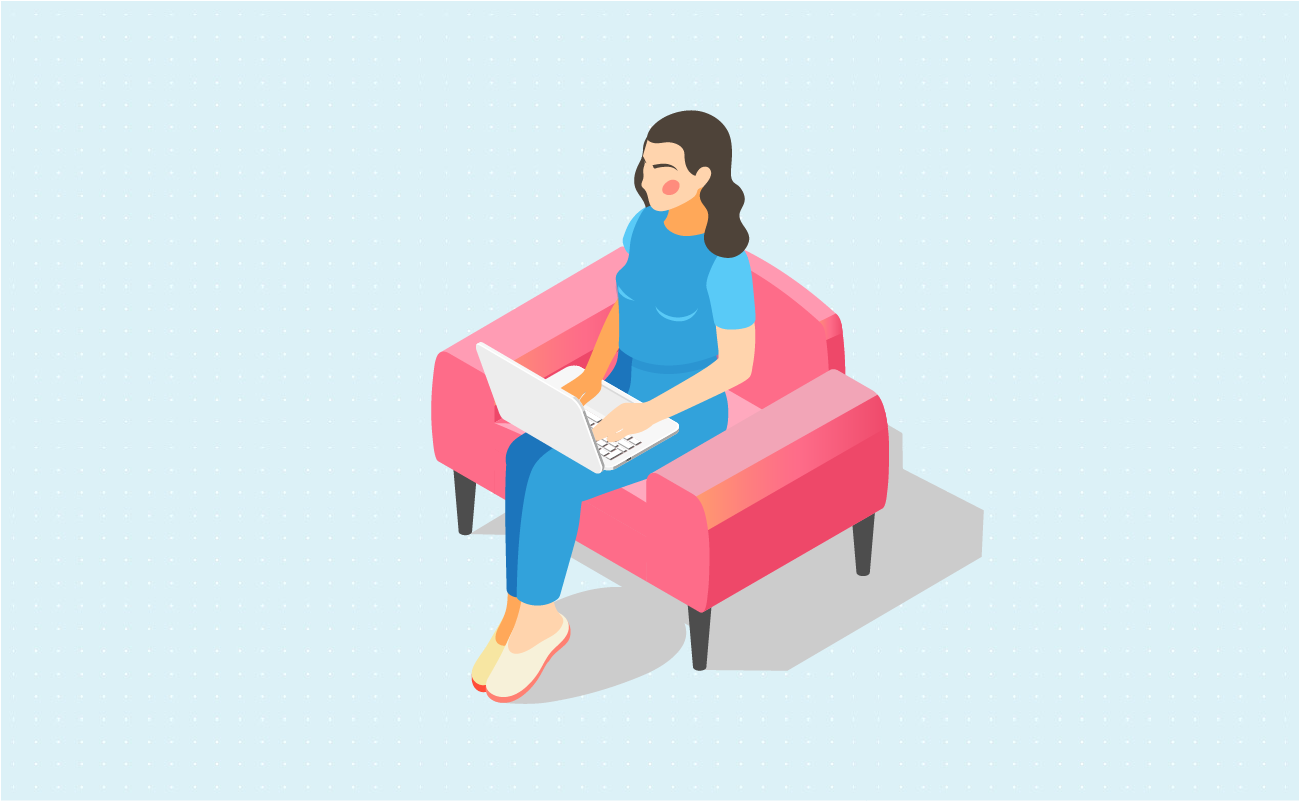
Understanding different types of loans and how they work will help you know what to expect and better manage your finances. It's not enough that you have money to spend.
It's always better to be informed so you can make practical decisions about where you are putting your hard-earned cash. Remember, loans shouldn't drive you further into debt. These are tools that should help you build a better life.
Jose Abuyuan is a web content writer, fictionist, and digital artist hailing from Las Piñas City. He is a graduate of Communication and Media Studies at San Beda College Alabang, who took his internship in the weekly news magazine the Philippines Graphic. He has authored works professionally for over a decade.